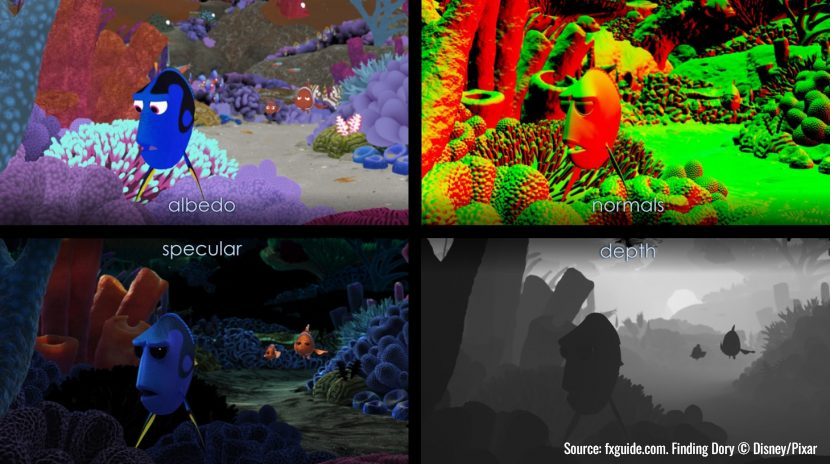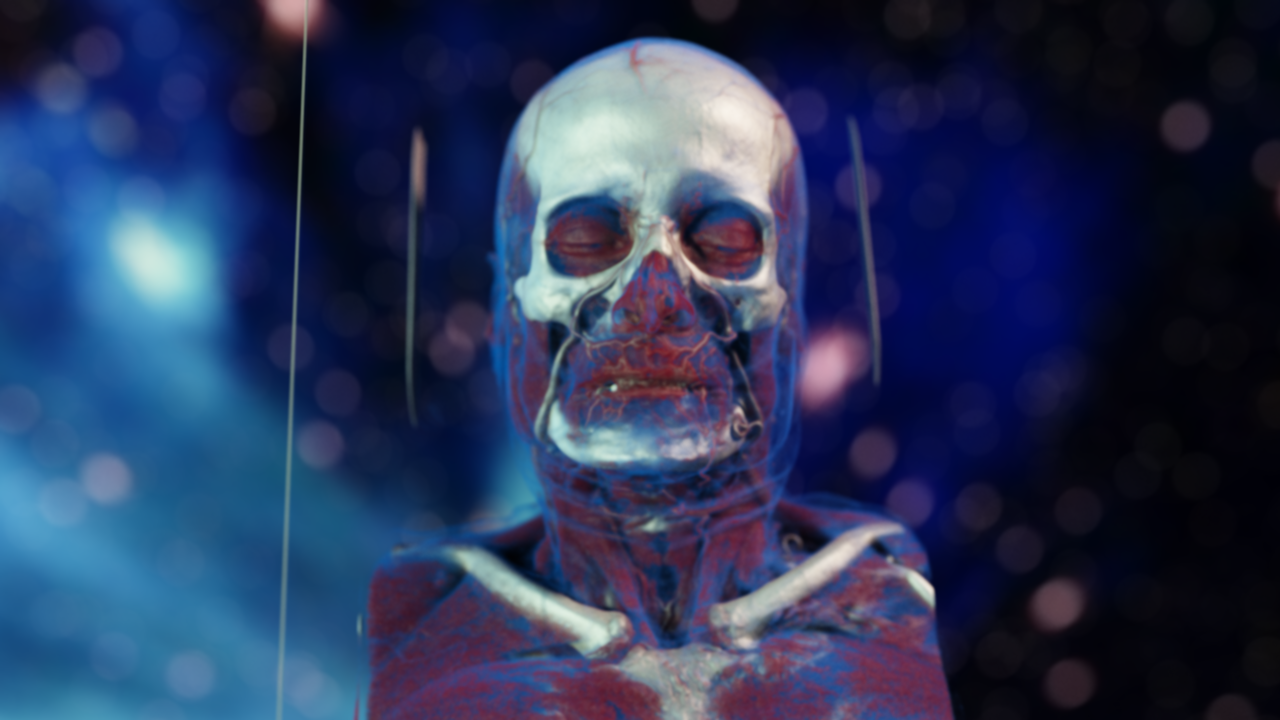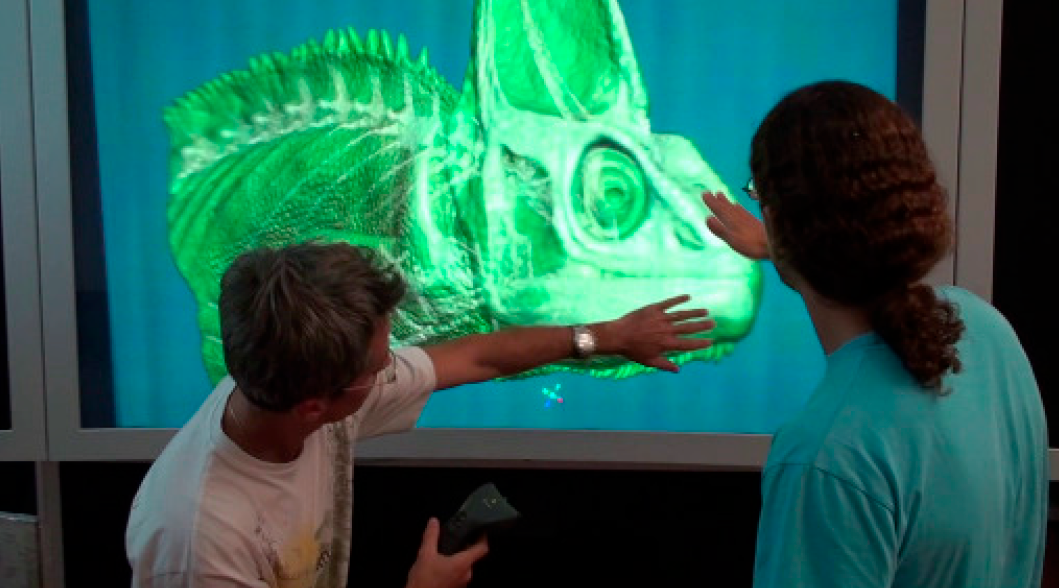LEARN
How the Shading course can elevate my skills?
A better understanding of shading, by equipping you with the fundamental science behind it, can enhance your artistic abilities to create better stunning visuals.
Shading Models.
Lambertian, Phong, BRDF amd micro-faceted models. Discover how these models allow you to craft realistic and visually appealing 3D scenes.
Where Art Meets Surface Science
Uncover the artistry in materials as we explore how the science of surface reflectance properties comes together to breathe life into your digital creations.
Sculpting Realism
Combine your artistic vision with scientific knowledge as you discover how to add depth and detail to your models.
Advanced Shading Effects
Learn examples of how shading techniques are applied in the film and animation industry to bring characters and scenes to life on the big screen.
Don't be afraid of the shadows, that only means there's a light nearby.
CREATING
Real-World Applications
The mastery of shading holds the potential to convert conceptual digital projects into vivid visual experiences.
In computer graphics, shading refers to the process of altering the color of an object/surface/polygon in the 3D scene, based on things like (but not limited to) the surface's angle to lights, its distance from lights, its angle to the camera and material properties (e.g. bidirectional reflectance distribution function) to create a photorealistic effect.
Shading techniques find practical application in various industries, scientific research, as well as the realms of cinema and animation, where they play a crucial role in enhancing realism and visual appeal within digital creations.



